Poison Ivy: The Misunderstood Native Plant
In the diverse ecosystem of New York's Westchester County, one native plant stands out for its notorious reputation - poison ivy. While often seen as a nuisance due to its itchy and irritating effects, poison ivy plays a vital role in our region's natural balance. Understanding how to identify and differentiate it from similar plants can help individuals avoid the unwelcome consequences associated with this unique flora.
The Importance of Poison Ivy
Despite its notorious reputation as a plant that causes discomfort and irritation, poison ivy (Toxicodendron radicans) plays an indispensable ecological role as a native species in the vibrant ecosystem of Westchester County, New York and beyond. Far from being a mere nuisance due to its active ingredient urushiol, this plant serves as a vital resource for various wildlife species, providing them with food.
Poison ivy's small fruits are a significant source of sustenance for numerous bird species in the area. As birds consume the fruits, they inadvertently aid in the dispersion of poison ivy seeds. By depositing the seeds in different locations through their droppings, birds contribute to the survival and distribution of the plant. It's an intricate dance of co-dependence between poison ivy and the avian community, ensuring the continuation of the species and maintaining the biodiversity of the local environment.
BIRDS THAT EAT POISON IVY BERRIES
Northern flicker
Eastern phoebe
Woodpecker
Tufted titmouse
American robin
Poison ivy flowers do produce nectar, and they can attract a variety of insects, including bees, beetles, flies, ants, wasps, and butterflies. These insects are indeed important pollinators for the plant. When they visit the flowers in search of nectar, they inadvertently come into contact with the plant's pollen and carry it from one flower to another, facilitating the process of fertilization. This pollination enables the production of fruits and contributes to the overall health and survival of the plant.
The relationship between poison ivy and its insect pollinators is a symbiotic one. While the insects benefit from the nectar as a food source, the plant benefits from their unintentional pollination services. The transfer of pollen between flowers ensures genetic diversity and the successful reproduction of poison ivy. It also plays a role in supporting the broader web of life within the ecosystem by providing a food source for insects and contributing to the overall biodiversity.
So many different types of wildlife rely on poison ivy for food that it’s actually been called the “salad bar of the woods”.
The Poison Ivy Sawfly
This leaf miner gets its name “sawfly” from the saw-like nature of their ovipositor. This female is using her saw to slit open blades of grass wherein she lays her eggs.
Identifying Poison Ivy
Proper identification is key to avoiding the discomfort and allergic reactions caused by poison ivy. Here are some tips to help identify this plant:
Leaf shape: Poison ivy leaves are compound and consist of three leaflets. The leaflets can vary in size, with the two lateral leaflets often resembling mittens or slightly lobed edges. The center leaflet is usually longer and more elongated.
Leaf Arrangement: The three leaflets of poison ivy are arranged alternately on the stem. While the phrase, "Leaves of three, let it be" is familiar to most, it’s not always the best identifier, which is why it is important to recognize leaf shape and seasonal leaf color.
Vine or Shrub: Poison ivy can exist as a climbing vine, attaching itself to trees or structures, or as a low-growing shrub in open areas. It adapts to various environments, so it is essential to be vigilant in both urban and natural settings.
Avoiding Confusion with Similar Plants
While correctly identifying poison ivy is crucial, it's equally important to avoid confusing it with other harmless plants. Here are some key differentiators to help you distinguish poison ivy from similar-looking plants:
Boxelder Maple: Although the leaves of a boxelder maple resemble poison ivy's three leaflets, they lack the characteristic pointed tips found in poison ivy. Boxelder maple leaves are also arranged opposite each other on the stem, unlike poison ivy.
Virginia Creeper: Virginia creeper often grows alongside poison ivy and shares a similar climbing habit. However, Virginia creeper has five leaflets instead of three, and the edges of its leaflets are more toothed compared to poison ivy.
While poison ivy may be an unwelcome sight to many, it is an integral part of the Hudson Valley’s native fauna. Understanding how to identify poison ivy accurately and differentiating it from similar plants empowers individuals to coexist with this native species without falling victim to its irritating effects.






